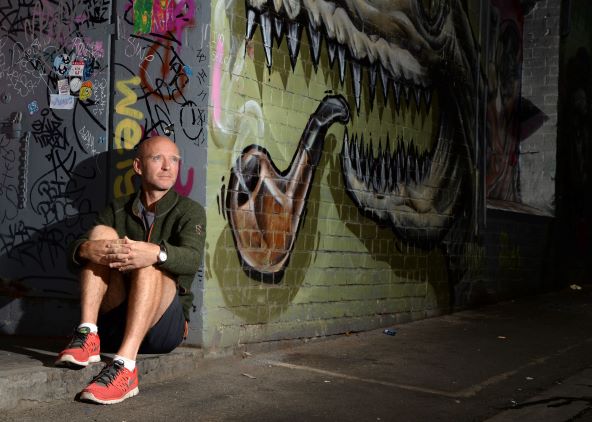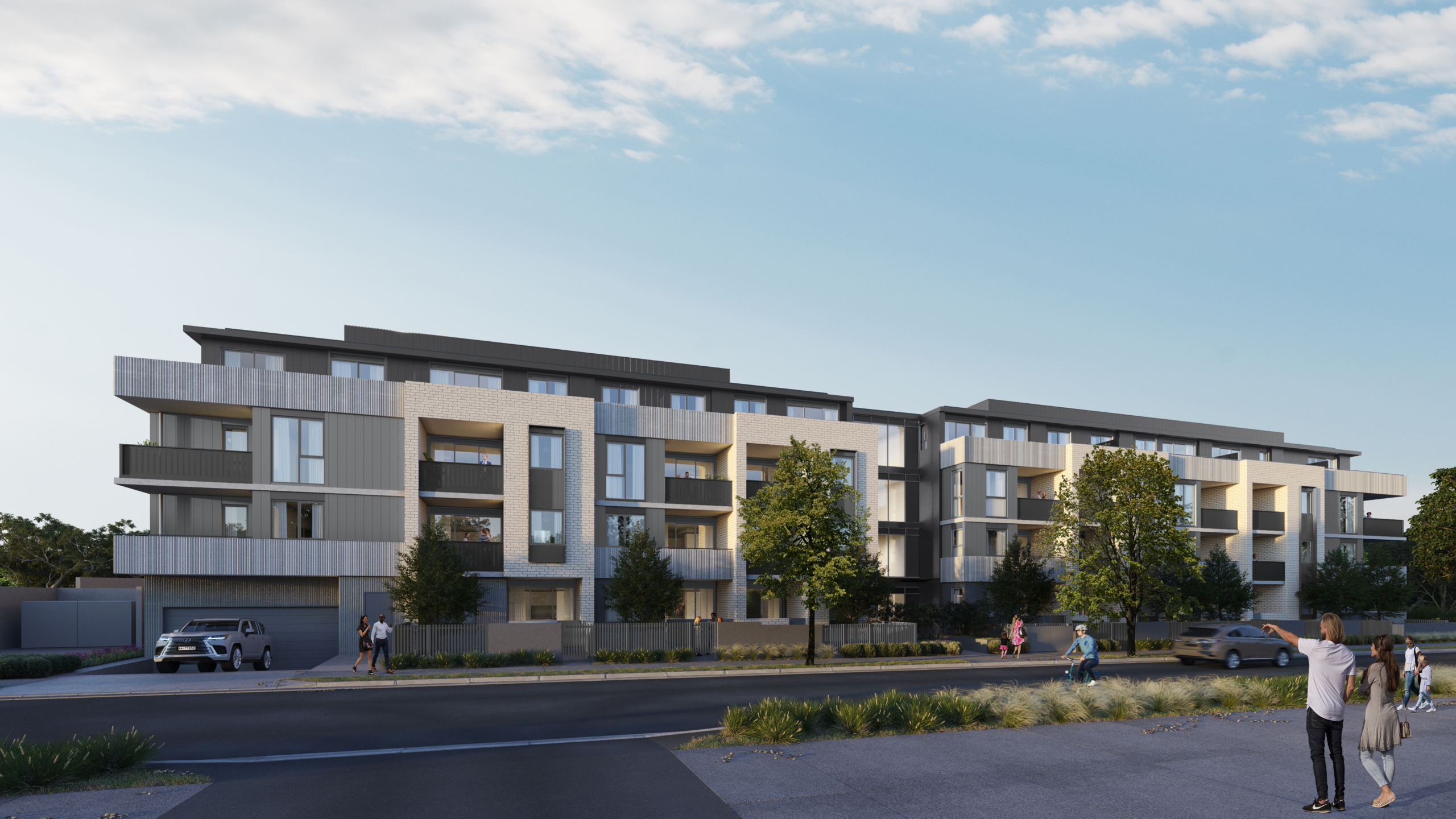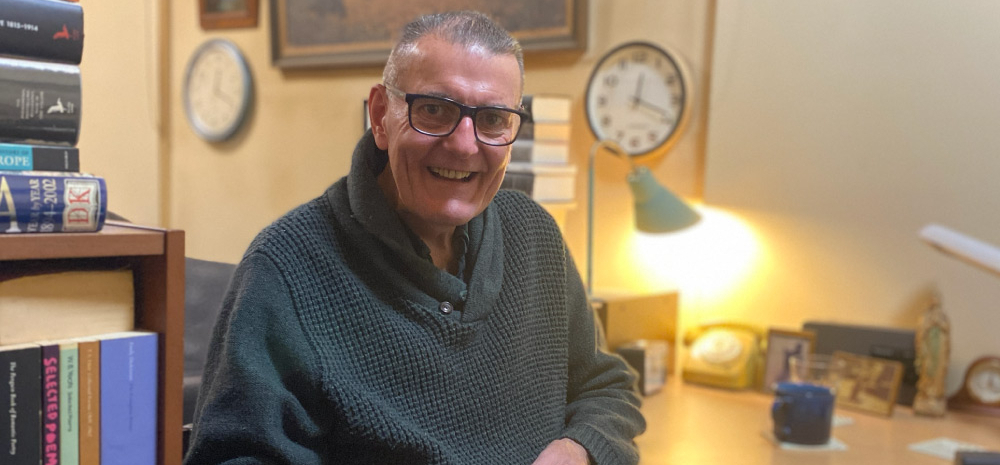The great disruption: How COVID-19 might help us to end homelessness

Opinion from Professor Guy Johnson, Director, Unison Housing Research Lab at RMIT University and James King, CEO Unison Housing.
We are at a critical turning point in homelessness.
Just over a decade ago the Australian government identified homelessness as a national priority. It pumped millions of dollars into new and existing homelessness services and, in conjunction with State governments, made a commitment to reducing the rate of homelessness by half by 2020. At the time just over 100,000 Australians were homeless, or a rate of 45 per 10,000 of the population. By 2016 there were over 116,000 and the rate had risen to 50 per 10,000. As we move through 2020 no one mentions this goal anymore. Perhaps this is because homelessness has been more widespread and visible despite more money than ever being spent on homelessness services.
Why have we failed to reduce homelessness when other countries, such as Finland, have demonstrated that reducing homelessness is possible? And what can we learn from this as we wrestle with an economic collapse not seen in generations.
Put bluntly, we failed because we pursued the wrong policy settings. Our policy responses focused on funding services to support homeless people to address ‘their problems’. It was an ideological position that viewed the homeless as somehow dysfunctional or deviant; that viewed homelessness as largely caused by individual failings. We ignored the evidence of what works and instead reflexively retreated to policy positions that perpetuate existing housing inequities.
Australia has some of the best data on homelessness in the world. We have strong evidence that most homeless people do not have mental health problems or substance use problems and that these issues are not the primary causes of homelessness. We also have evidence that most homeless people do not sleep rough or end up chronically mired in the homeless population. Despite this, these are the issues that politicians, policy makers and the public most often focus on which means our policy responses have by and large dismissed the evidence that housing and labour market conditions are the root causes of homelessness.
There is no doubt that if we continue to pursue the same policy responses, the economic devastation created by the COVID-19 pandemic will see homelessness skyrocket to unprecedented levels and tens of thousands of unlucky Australians will have their first experience of homelessness. For many the experience will be deeply scarring. For some it will lead to premature death.
What State and Federal Governments do over the next few months will have far reaching consequences.
In Victoria, we have made a good start with the Premier’s announcement of the $150 million From Homelessness to a Home package which will provide extended hotel stays and supported transition to headleased private rental properties and social housing.
This, however is, as we said, a good start. If we really want to mitigate the harmful housing outcomes from COVID-19 and prevent an avalanche of homelessness it will be because COVID-19 fundamentally disrupts how we as a community respond to homelessness. COVID-19 has already forced politicians to seek common ground and to adopt new policy positions, often at odds with their previous views. For this they should be congratulated. But if we want to end homelessness the Federal government must immediately implement two broad policy initiatives to create the social infrastructure that will ensure all Australians can enjoy a life free from housing instability and homelessness.
First, the implementation of the COVID-19 supplement was a clear signal that both political parties recognise JobSeeker payments have been insufficient. There is already emerging evidence pointing to the benefits of the additional COVID-19 payments with low income households eating better and more regularly, as well as managing rental payment. The Federal government recently indicated that the standard JobSeeker payment will be $815 fortnight. But this is not a permanent increase and nor is it enough. It needs to be both.
Second, there is clear evidence that for low income households social housing is the most effective way of preventing and ending homelessness. Across the political spectrum a wider range of actors than ever before – including conservative economists, the OECD, large private sector corporations, and peak bodies such Victorian Affordable Housing Industry Advisory Group, CHIAVic, and VCOSS – are endorsing the need for increased investment in social housing. While motivations may vary, all recognise the social and economic benefits increasing investment in social housing will provide to Australia and to Australians. So if politicians are genuine about ending homelessness Governments, State and Federal, left and right, must work together to stimulate the lower end of the housing market by setting social housing construction targets and establishing long term financing arrangements including public subsidies, to meet the targets.
Despite the social and economic toll that COVID-19 will doubtless inflict on the county COVID-19 may, paradoxically, be the catalyst that drives the housing and homelessness policy changes we need; the event that disrupts our obsession with individualising social problems and the political reluctance to create a housing system that secures better housing outcomes for every Australian.



